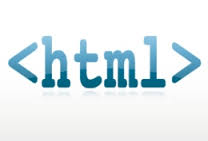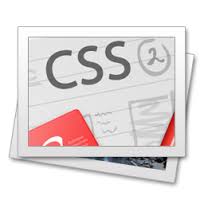
Calendar and specifications for the assessments on the course

We explore the foundations of web and get to grips with the fundamentals of the HTML language. As you will see, its structure and format is relatively straightforward, and you will be able to understand the basics very quickly. We will be focusing on a small number of 'tags' to get started, and also on the ways in which different html files can be linked together to form a site.

To introduce 'style' into a page we need another language - Cascading Style Sheets. This is a different language from HTML and is usually stored in a separate file - the stylesheet.

In order to style the same html elements in different ways we need to use classes. This allows us to target specific occurences of an html element for styling purposes. At the heart of the layout engine in web browsers is a concept called the 'box model'. This defines a general layout structure for all HTML elements, providing a language for specifying important dimensions and relationships to other elements.

Central to a well design site is a clear and understandably navigation structure. This must easily allow the user to explore the site, provide sufficient context such that the user knows where they are at any stage, and do this in a visually pleasing and efficient manner.

Review the HTML & CSS constructs covered so far. Introduce html templating using EJS. Refactor a site to use templating techniques.

Modern web layouts are not considerably more complex and sophisticated than in the past - particularly as mobile is now considered the 'first' destination for any site. To tackle the complex issues CSS Frameworks have arisen as a convenient way to support multiple browsers and different screen sizes & resolutions.

To build a web application we need a web framework. This will define the superstructure of our application and provide essential features to enable us to compose a complicated and efficient web application

Introducing Models, and exploring how the MVC Triad works

Providing input to an application is usually encapsulated in a Form. Review the need for forms and explore hwo they are implemented in Play.

Review the role of Sessions in web applications. Incorporate the hapi-auth-cookie plugin into HAPI application to manage sessions. Review session strategies, protected and unprotected routes, cookie passwords, timeouts and other configuration options.

Learn the basics of git and github repository management.

Deploying an app to the cloud + a review of the course to date